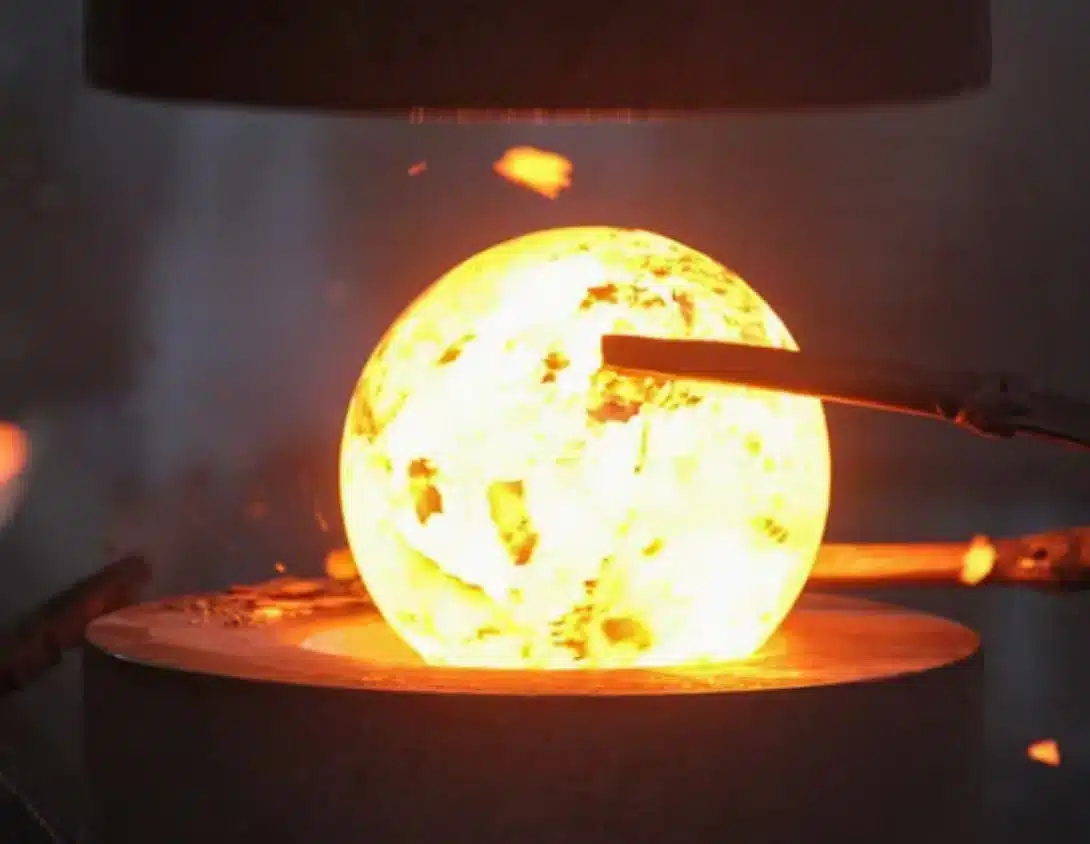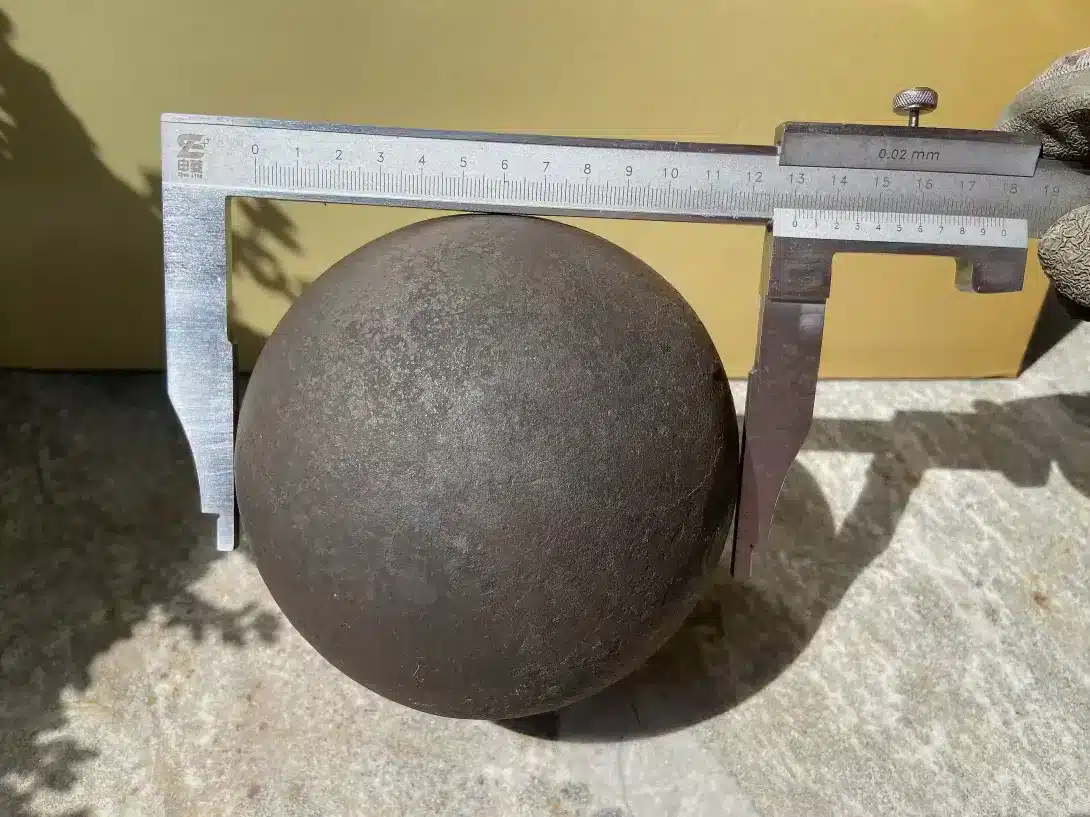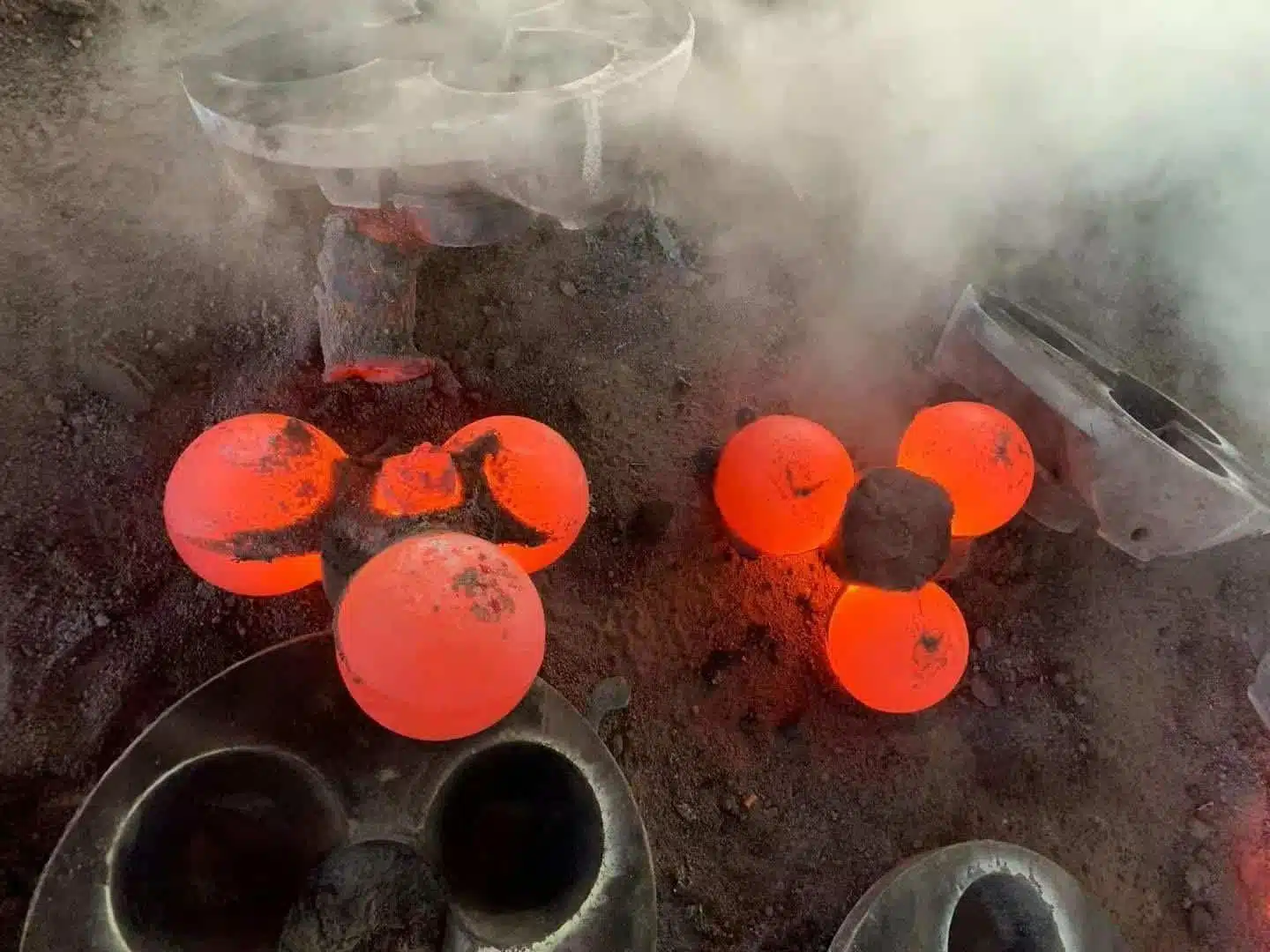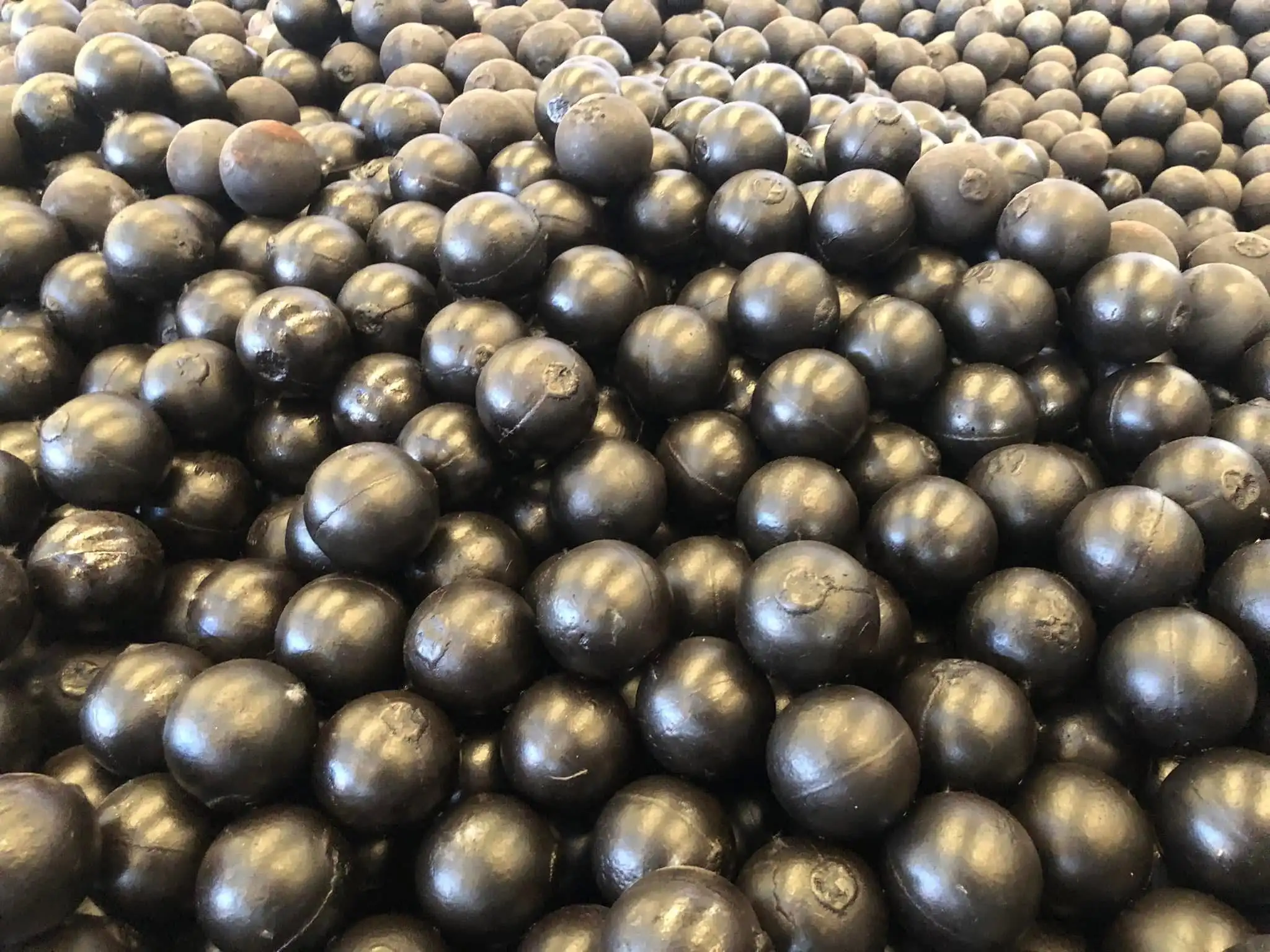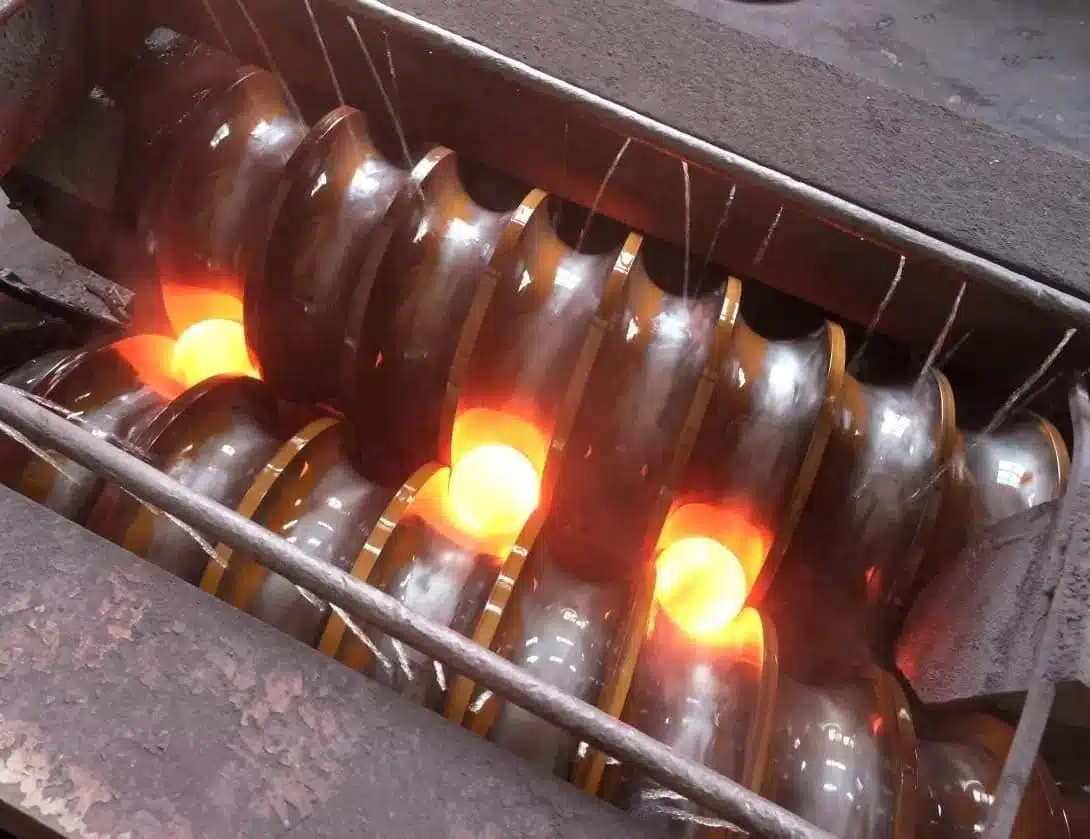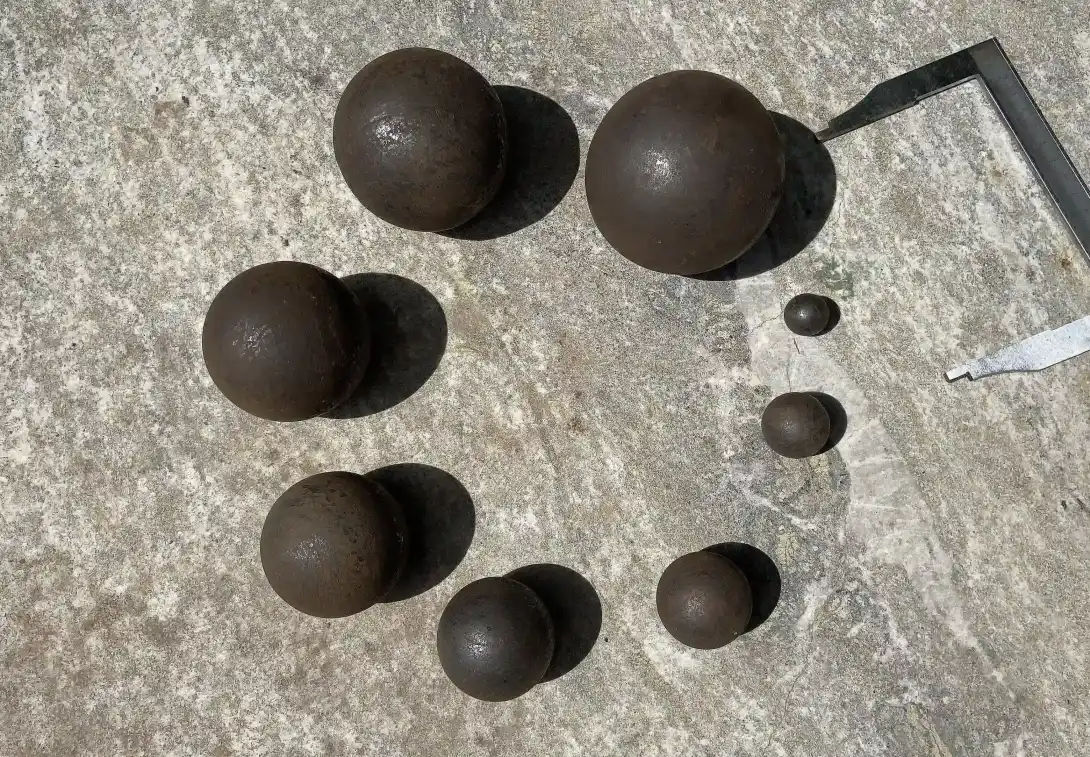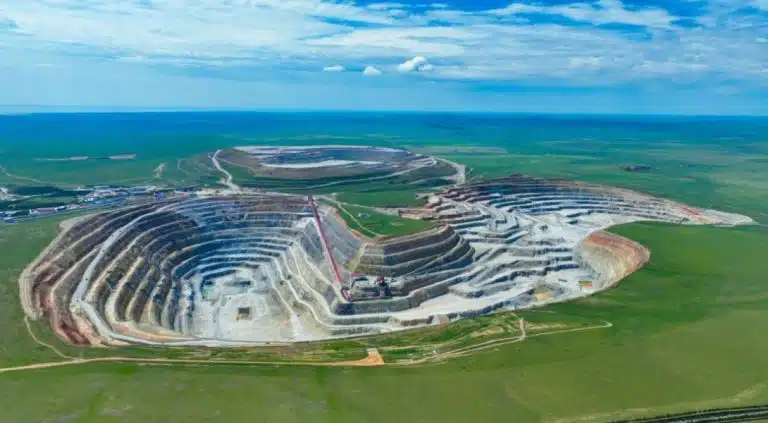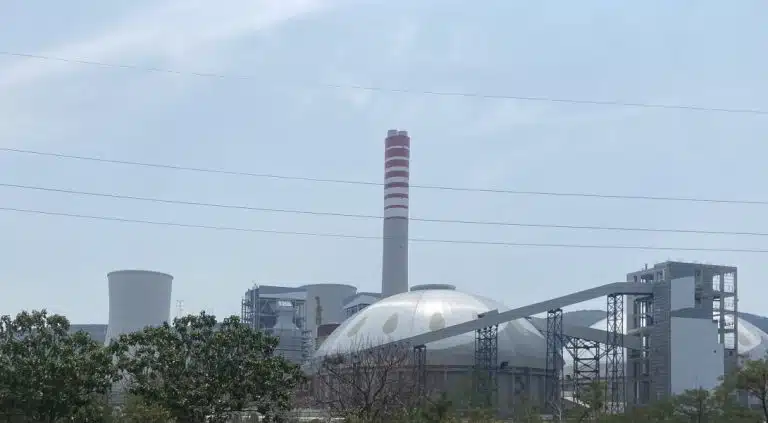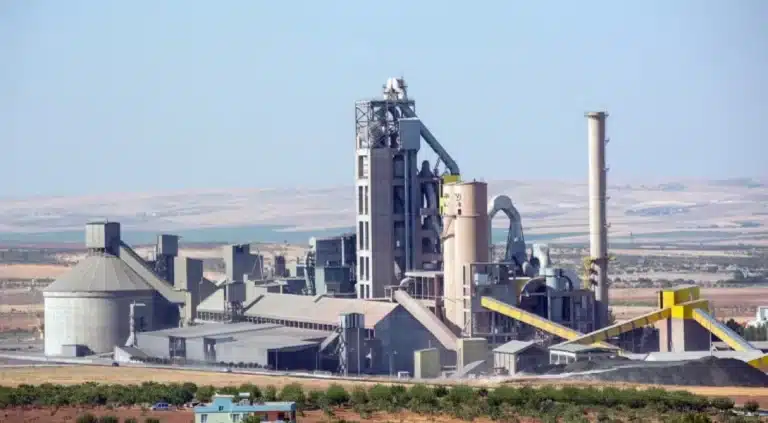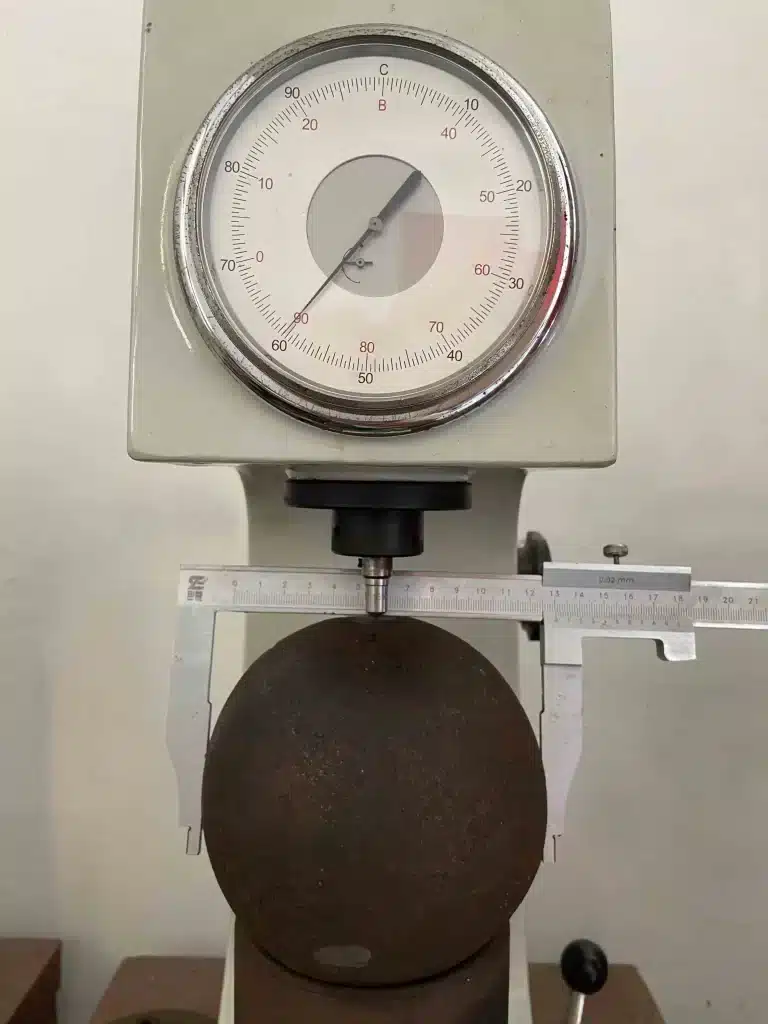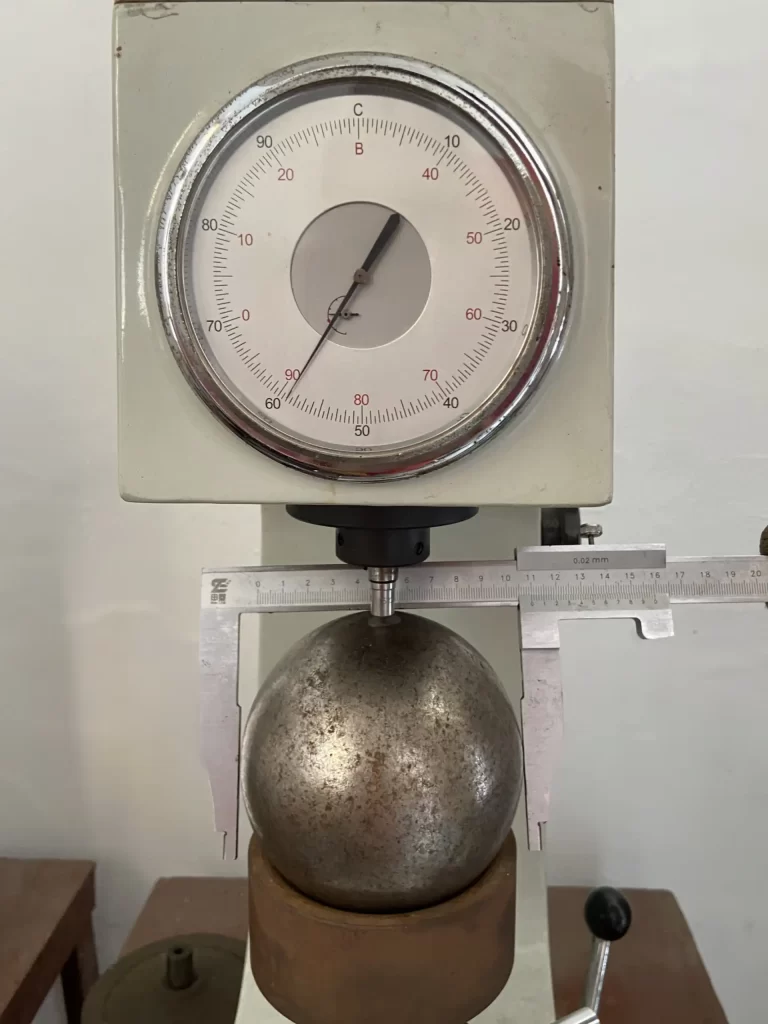Your Trusted Top Quality Grinding Ball Manufacturer
Nearly 40 Years of Excellence in Grinding Ball Manufacturing
Customizable sizes and fast delivery
Introduction:
Grinding balls are vital components for crushing solid materials and reducing them to fine powders. These balls are indispensable in industries like mining, power plants, cement factories, and other sectors where reducing material size is necessary for further processing or production. They are commonly used in ball mills, semi-autogenous mills (SAG). Grinding balls play a crucial role in the efficiency and performance of crushing equipment. Understanding the structure, material composition, and importance of grinding balls is essential for anyone involved in mineral processing, cement production, or industries reliant on material grinding.
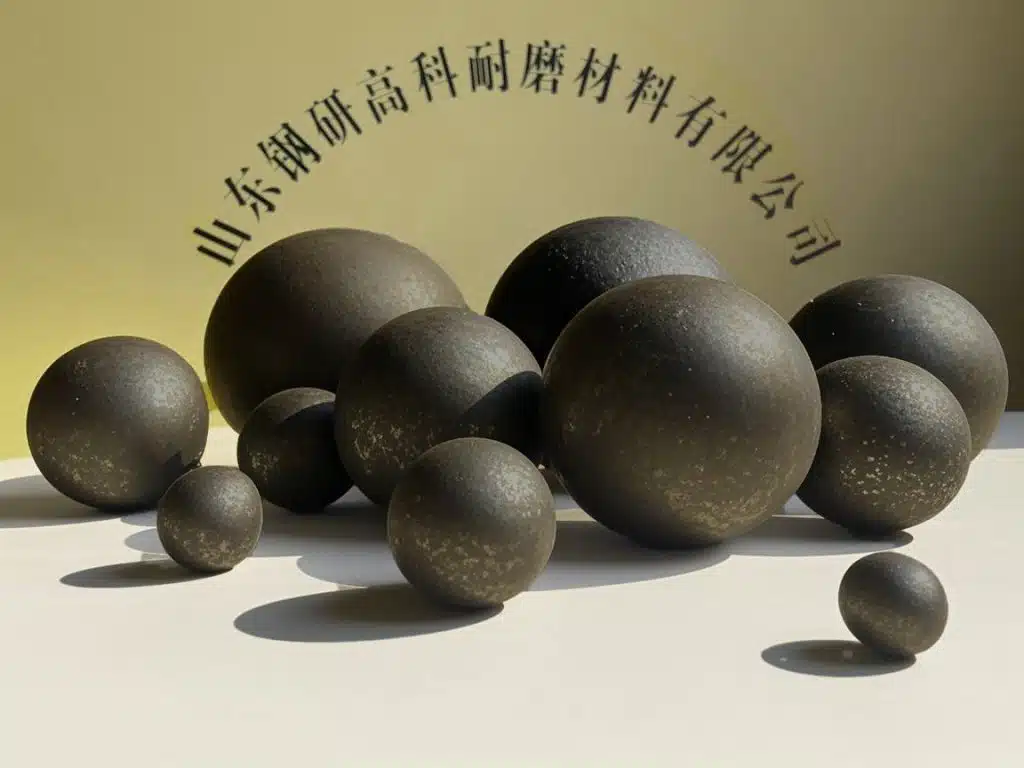
Types of Grinding Balls and Their Composition
Grinding balls are classified into three main types, each made from different materials: forged steel balls, cast steel balls, and hot-rolled steel balls. Let’s examine each type in detail.
1. Forged Steel Balls
Forged steel balls are typically made from carbon steel or other alloy steels, designed to withstand the high-impact forces generated in ball mills. The production process involves heating the raw material in an intermediate-frequency furnace, followed by high-temperature forging, isothermal treatment, and quenching (heating the balls to high temperatures and quickly cooling them to increase hardness and durability). The balls are then tempered to enhance wear resistance and performance.
Key Features:
- Stable quality, high hardness, good quenching performance, dense metallographic structure, and fine grain size.
- Excellent impact toughness (>12J/cm²), with anti-breakage performance more than 10 times higher than that of general cast steel balls. Drop ball impact resistance exceeds 20,000 impacts, with an actual breakage rate of less than 1%.
- Available in diameters ranging from φ10mm to φ160mm.
- Excellent wear resistance, commonly used in black and non-ferrous metal mining, thermal power plants, cement factories, and refractory material plants.
- Good corrosion resistance, especially suitable for wet grinding.
- Cost-effective in the long term, with lower grinding costs compared to cast steel balls, despite a slightly higher initial cost.
2. Cast Steel Balls
Cast steel balls are made by pouring molten iron into molds and tempering them. They offer corrosion resistance but have lower strength and density than forged steel balls, leading to higher breakage rates compared to other steel balls. Depending on the chromium content, cast steel balls can be classified into the following types:
- Low Chromium Alloy Cast Balls (Chromium content: 1%-3%, Hardness HRC ≥45):
Suitable for grinding applications with lower precision requirements and minimal wear, such as slag processing. - Medium Chromium Alloy Cast Balls (Chromium content: 4%-10%, Hardness HRC ≥47):
Used for medium-precision grinding applications. - High Chromium Alloy Cast Balls (Chromium content: ≥10%-14%, Hardness HRC ≥58):
Widely used in the cement industry, though mostly suitable for dry grinding. Due to their higher cost, they have been largely replaced by forged products. - Special High Chromium Cast Balls (Chromium content: >14%, Hardness HRC ≥58):
Best suited for fine grinding in high-wear industries, though their cost is high, and their cost-effectiveness is lower than other types.
3. Hot-Rolled Steel Balls
Hot-rolled steel balls represent a breakthrough in manufacturing technology, gradually replacing cast steel balls in many grinding applications. They are made from hot-rolled round steel bars with specific chemical compositions, which are closely matched to the nominal diameter of the steel balls.
Key Features:
- Stable quality, high hardness, good quenching performance, dense metallographic structure, fine grain size, and no deformation throughout use.
- Impact toughness greater than 12J/cm², and anti-breakage performance more than 10 times that of general cast steel balls. Drop ball impact resistance exceeds 20,000 impacts, with an actual breakage rate of less than 1%.
- Low energy consumption, no pollution compared to cast steel balls, reduced labor intensity, and lower production costs.
- Lower wear rate, offering a lifespan 2-5 times longer than cast steel balls at a comparable price.
- High overall hardness: surface hardness can reach 55-65 HRC, with volume hardness reaching 50-62 HRC and uniform hardness distribution.
GY Hardness Comparison of Grinding Balls Before and After Grinding
Grinding Balls Retain High Hardness Even After 15% Wear
Trusted By
This is a place to showcase the logos of some of our clients


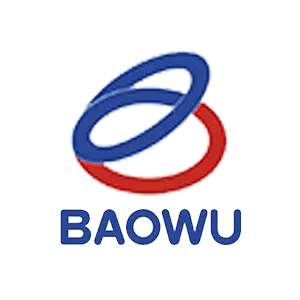

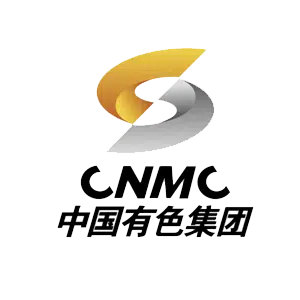
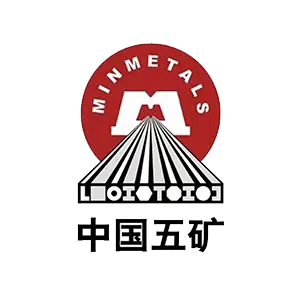
FAQ
Are you trading company or manufacturer?
We are a grinding ball factory with over 30 years of forging experience.
What are the key features of your grinding balls?
Our grinding balls feature high hardness (60-67 HRC), excellent impact toughness (>12 J/cm²), low breakage rate (<1%), and superior wear resistance (80-500g/ton).
Do your grinding balls have international certifications?
Yes, our grinding balls are ISO 9001 and ISO 14001 certified.
What grinding equipment are your steel balls suitable for?
Our grinding balls are widely used in the mining, metallurgy, cement plants, and power plants industries, especially in SAG mills and ball mills. They effectively enhance grinding efficiency and reduce wear.
What materials are your forged steel balls made from?
Our forged steel balls are available in alloy, manganese alloy (60Mn, 65Mn, 75Mn), and high-strength B2 and B3 materials, suitable for various grinding applications.

